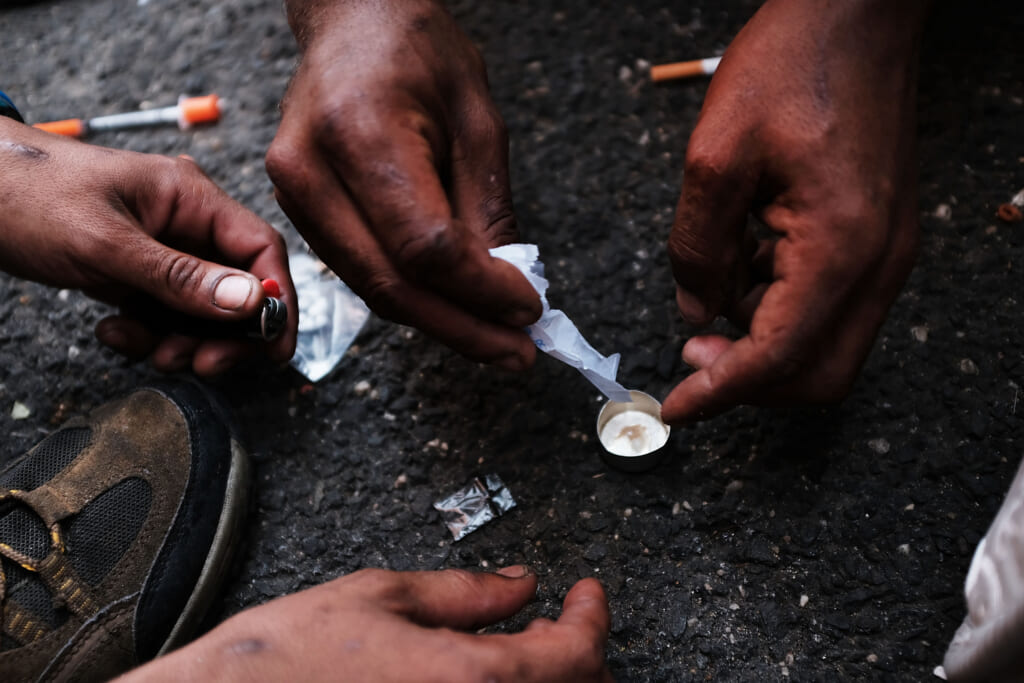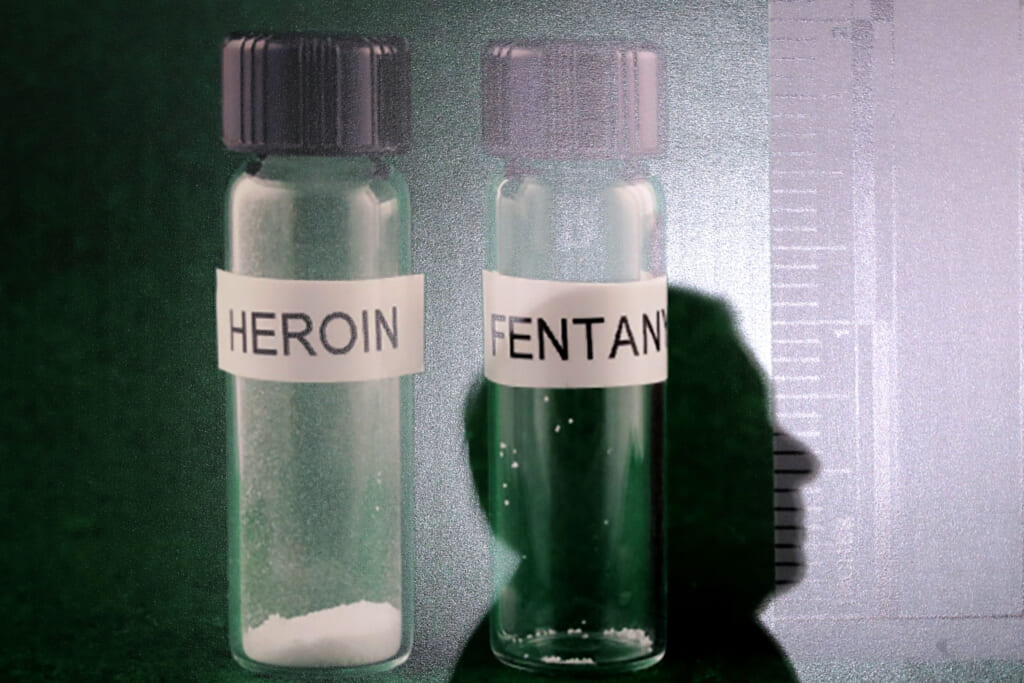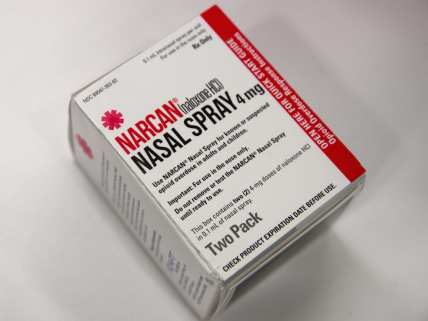Black overdose rate tops white rate for first time in decades, study finds
The study by researchers at UCLA argues drug overdose deaths are becoming a racial justice issue
A landmark study shows a troubling trend for Black people — they are now dying from drug overdoses at a rate higher than whites.
The journal JAMA Psychiatry on Wednesday published the peer-reviewed study, which says the overdose mortality rate of Blacks exceeded that of whites for the first time since 1999, or 20 years of date.
The report noted that Black overdose deaths climbed from 24.7 per 100,000 to 36.8 in 2020. That 2020 rate stands at 16% higher than the white overdose rate of 31.6 per 100,000, the report said.

Even more troubling, the report notes this trend marks a stark reversal over the last decade. In 2010, for example, overdose deaths among whites (15.8 per 100,000) were double that of Blacks at (7.9). Furthermore, Blacks have been dying at a higher annual rate since 2012.
Joseph Friedman, an addiction researcher at UCLA and one of the study’s authors, said in the report that the drug supply is becoming more toxic, adding that it’s contributing to the worsening overdose crisis.
NPR noted that fentanyl has contributed to that higher toxicity. The Drug Enforcement Agency says that since fentanyl is cheap and potent, drug dealers mix it with other illicit drugs like cocaine and heroin, increasing the risk of death.
Fentanyl is meant to treat chronic pain or pain following surgery and is about 100 times more powerful than morphine, the DEA said.
Just two milligrams of fentanyl — roughly the size of two pencil heads — can be fatal, depending on body size, according to the DEA. In its test, the agency has found some pills with twice the dose needed to cause death.
“The high — and unpredictably variable — potency of the illicit drug supply may be disproportionately harming racial and ethnic minoritized communities, with deep-seated inequalities in living conditions (including stable housing and employment, policing and arrests, preventive care, harm reduction, telehealth, medications for opioid use disorder, and naloxone access) likely playing a role,” the study, co-authored by Black UCLA researcher Helena Hansen, said.

The study went on to say that drug overdose deaths are becoming a racial justice issue.
“People who are lower down on the social hierarchy tend to be exposed to fentanyl and other highly potent synthetic opioids at disproportionate rates,” Hansen told NPR.
The study used data from sources that include the Centers for Disease Control and the National Center for Health Statistics.
TheGrio is FREE on your TV via Apple TV, Amazon Fire, Roku, and Android TV. Please download theGrio mobile apps today!


